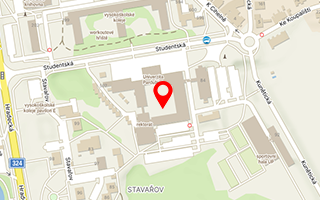- Introduction
The aim of the project is using advanced physical methods of thin films deposition (pulsed laser deposition, radio-frequency magnetron sputtering, etc.) for the fabrication of thin amorphous chalcogenide films. Prepared thin films will be studied from the point of view of photoinduced changes proceeding during exposure with light having energy close to band gap energy. The attention will be paid also to searching for photostable chalcogenide thin films. Photoinduced effects/photostability will be investigated in order to evaluate influence of chemical composition of the thin films, used deposition method, and deposition conditions. The results of the project will contribute to deepen the fundamental knowledge about photoinduced phenomena in amorphous chalcogenides.

